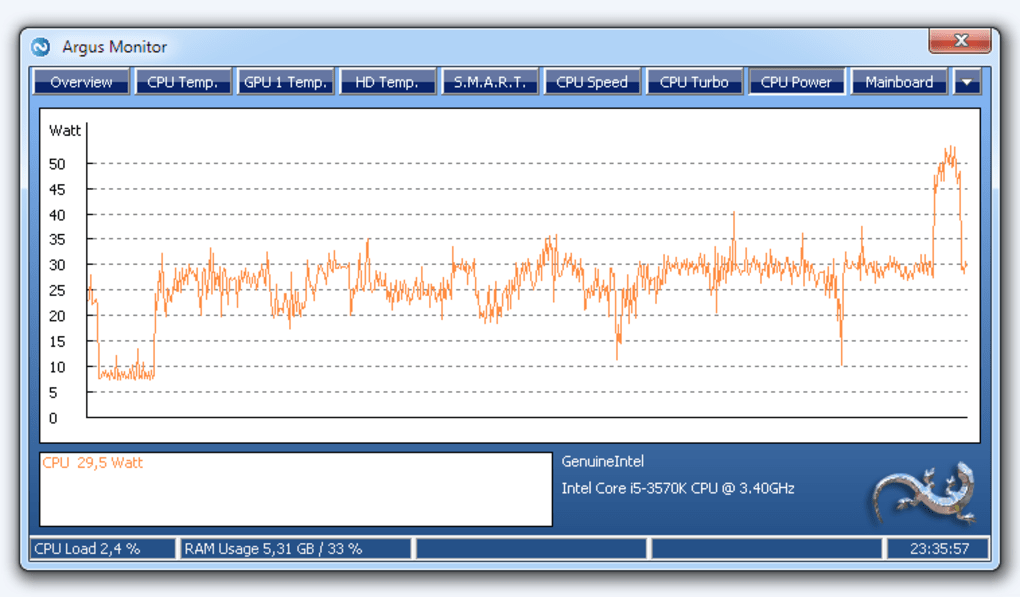
Like most native fauna, goannas are rather wary of human intrusions into their habitat, and most likely run away (into the scrub, up a tree, or into the water, depending on the species). Goannas and humans Ī goanna at Grey Gum picnic area at Mount Coot-tha, Queensland, Australia Confrontations

The smell of rotting meat also attracts these lizards. The giant perentie has been observed killing a young kangaroo, and then biting out chunks of flesh like a dog.Īll species are carrion eaters, so feed on the carcasses of dead animals, including livestock and other large creatures. mertensi), birds, snails, smaller lizards, snakes, marsupials, and other small mammals, such as rodents. Many of the medium to large species feed on whatever prey they can catch. Many of the small species feed mostly on insects, with some being small lizard experts. Meals are often eaten whole, thus the size of their meals may depend on the size of the animals. Prey can include all manner of small animals: insects, smaller lizards, snakes, mammals, birds, and eggs. The diets of goannas vary greatly depending on the species and the habitat.

Most other goannas are good swimmers, but tend not to voluntarily venture into water. mertensi), found in lagoons and rivers across northern Australia, is streamlined for swimming, using its tail as a paddle.

Further still, Mertens' water monitor (water goanna – V. Other goannas are adapted to swampy coastal environments, such as the mangrove goanna ( V. tristis,) do not grow to quite such lengths, typically a maximum of 61 cm, nose-to-tail. timorensis) and mournful tree monitor ( V. Other more common tree goannas, such as the Timor tree monitor ( V. The lace monitor is the second-largest of all goannas, reaching lengths up to 2 m (6.6 ft). varius) is probably the best-known among these, but is not the most common. Most species are known to climb trees or outcrops several primarily arboreal species are known. Goannas are found throughout most of Australia, except for Tasmania, and manage to persist in a variety of environments. Heath goanna ( Varanus rosenbergii), Kangaroo Island, South Australia

Most goannas are dark-coloured, with greys, browns, blacks, and greens featuring prominently however, white is also common. They have been blamed by farmers for the death of sheep, though most likely erroneously, as goannas are also eaters of carrion and are attracted to rotting meat. They prey on any animal they can catch that is small enough to eat whole. Goannas combine predatory and scavenging behaviours. They survive on smaller prey, such as insects and mice. brevicauda), reaches only 20 cm (8 in) in length. The smallest of these, the short-tailed monitor ( V. Not all goannas are so large pygmy goannas may be smaller than the arm of an adult human. giganteus), which can grow over 2.5 m (8.2 ft) in length. The goanna features prominently in Aboriginal mythology and Australian folklore.īeing predatory lizards, goannas are often quite large, or at least bulky, with sharp teeth and claws. This varied group of carnivorous reptiles ranges greatly in size and fills several ecological niches. Stripe-tailed goanna ( Varanus caudolineatus)Ī goanna is any one of several species of lizards of the genus Varanus found in Australia and Southeast Asia.Īround 80 species of Varanus are known, 25 of which are found in Australia.


 0 kommentar(er)
0 kommentar(er)
